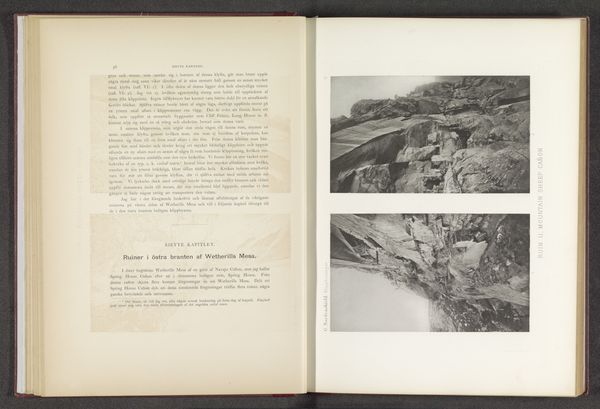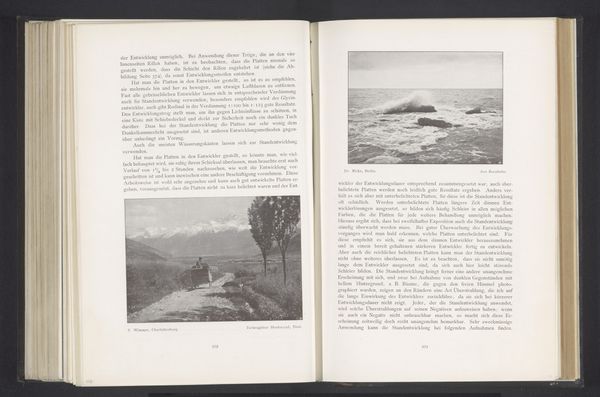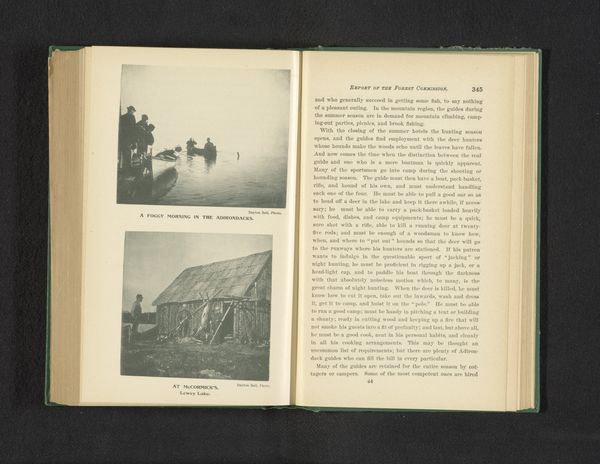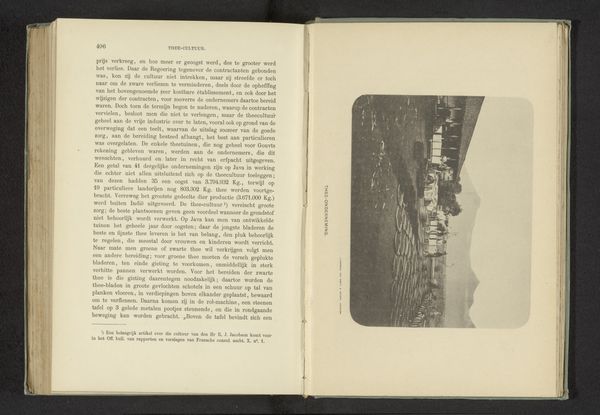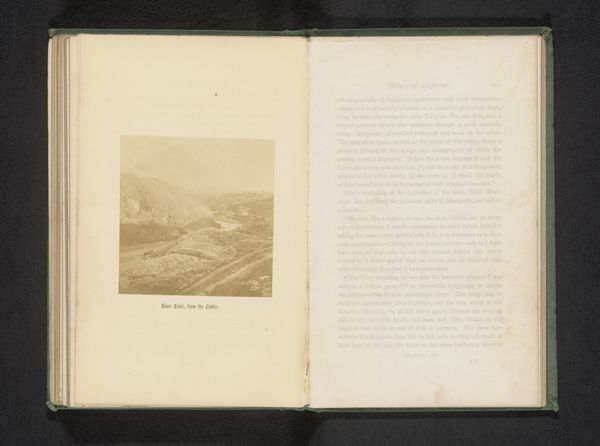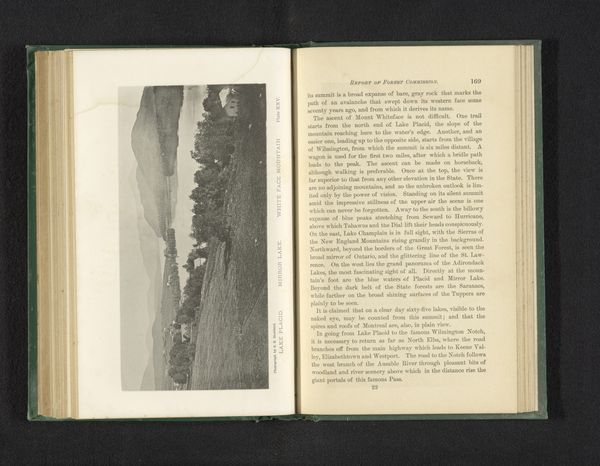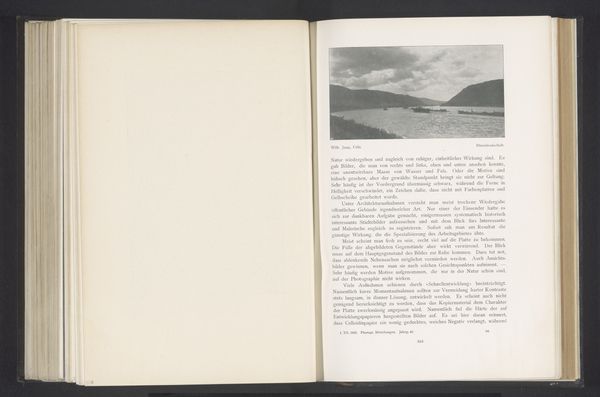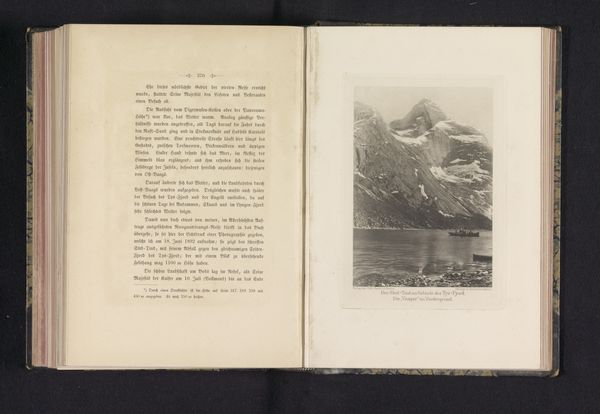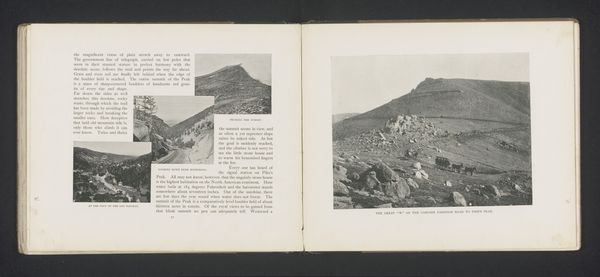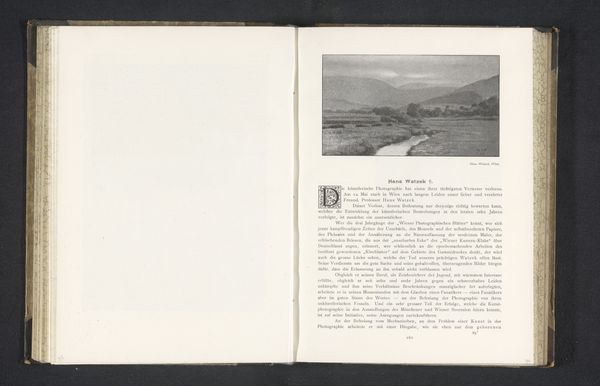
Dimensions: height 177 mm, width 113 mm
Copyright: Rijks Museum: Open Domain
This photograph by Seneca Ray Stoddard captures Lower Ausable Lake, dominated by the imposing "Indian Head" cliff. This rocky outcrop, bearing a striking resemblance to a human face, immediately calls to mind the ancient Sphinx. Across cultures and epochs, the human face in nature appears, evoking awe and a sense of primeval connection. Consider the Old Man of the Mountain, a rock formation in New Hampshire, once inspiring reverence and civic pride. Such natural formations become potent symbols, imbued with cultural and emotional significance. The face, a universal symbol of identity and consciousness, triggers a deep, subconscious response. We are drawn to recognize ourselves in the landscape, blurring the lines between the human and the natural world. This psychological projection reflects a collective memory, a desire to see ourselves mirrored in the eternal features of the earth. The "Indian Head," like other such formations, is not merely a geological curiosity but an invitation to contemplate our place within the vast, enduring tapestry of time.
Comments
No comments
Be the first to comment and join the conversation on the ultimate creative platform.

